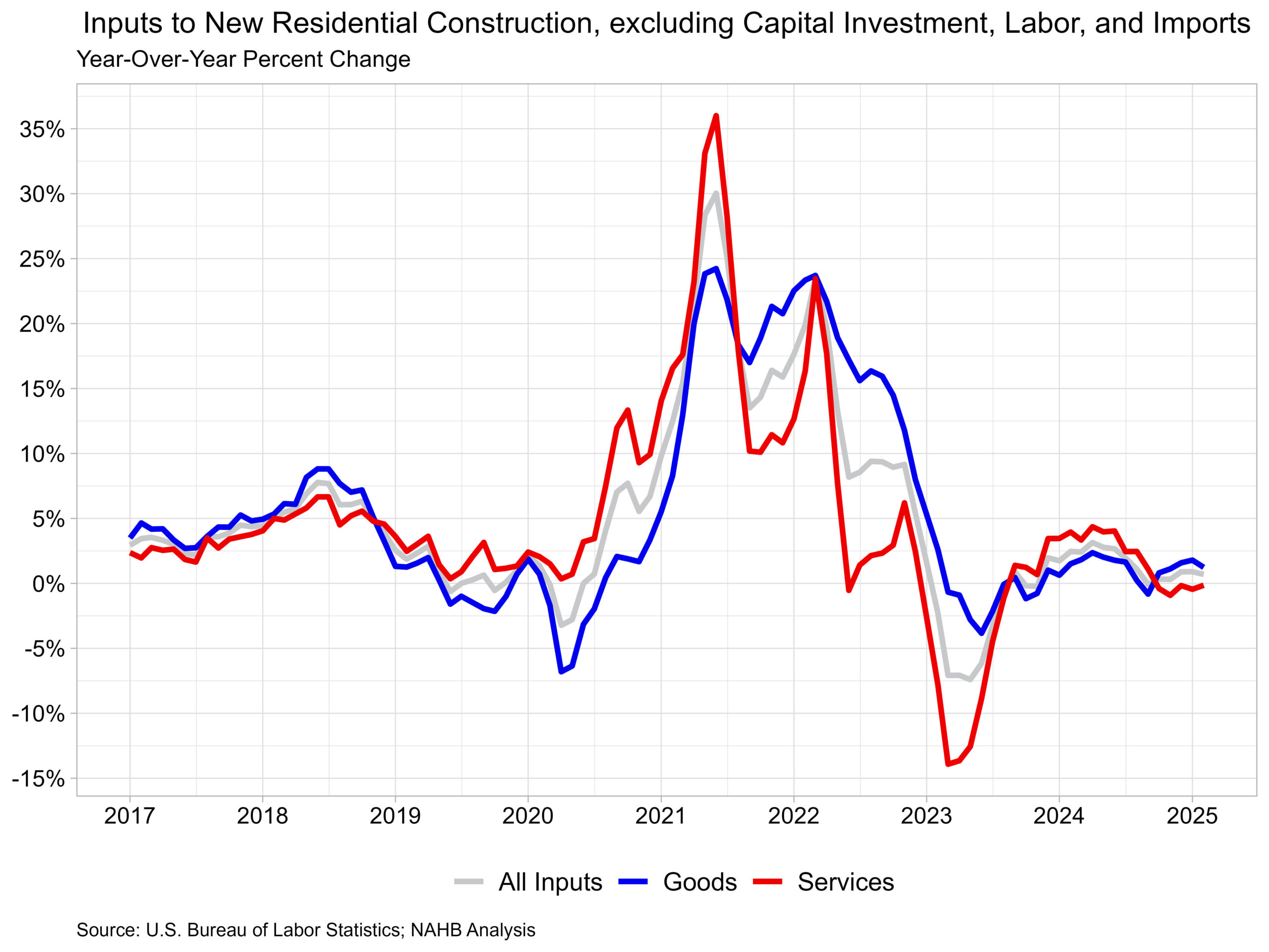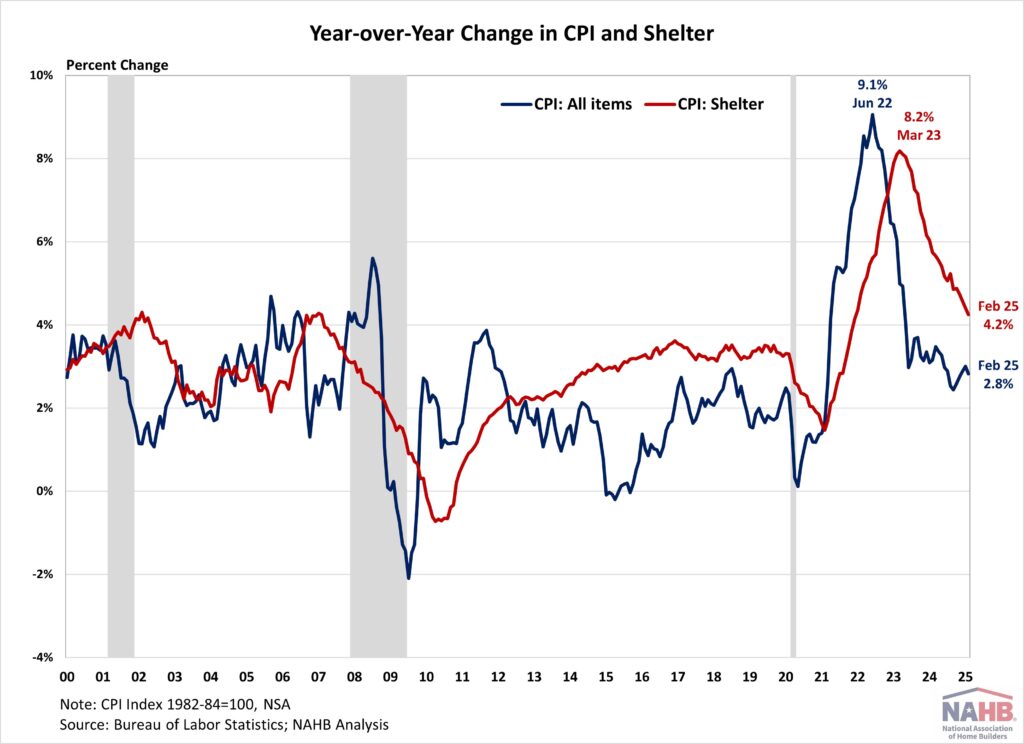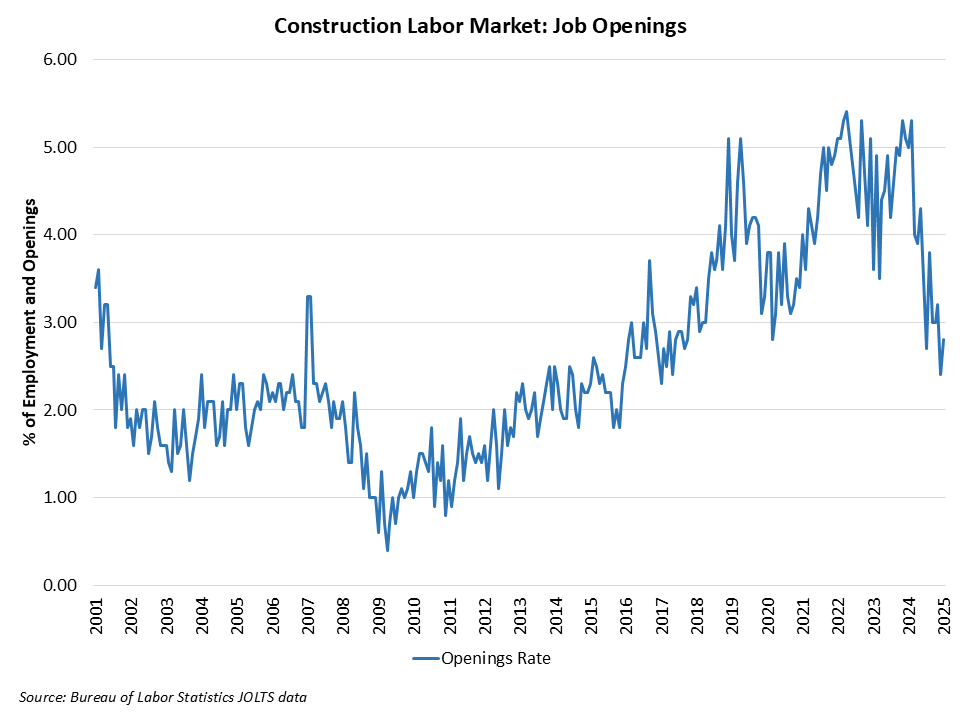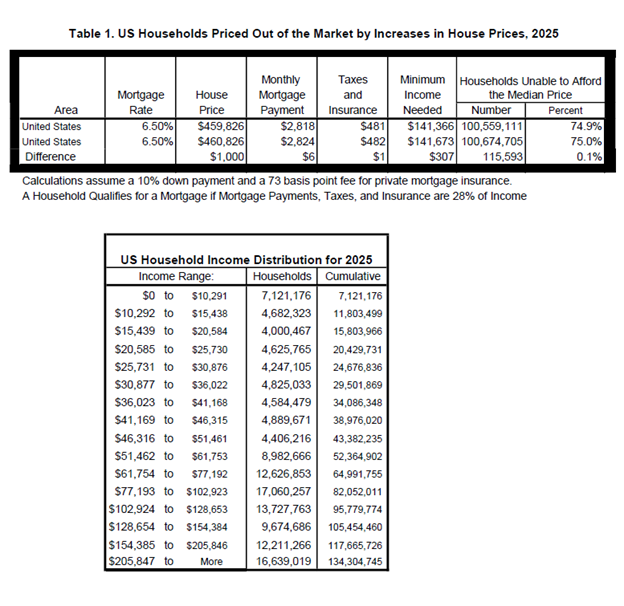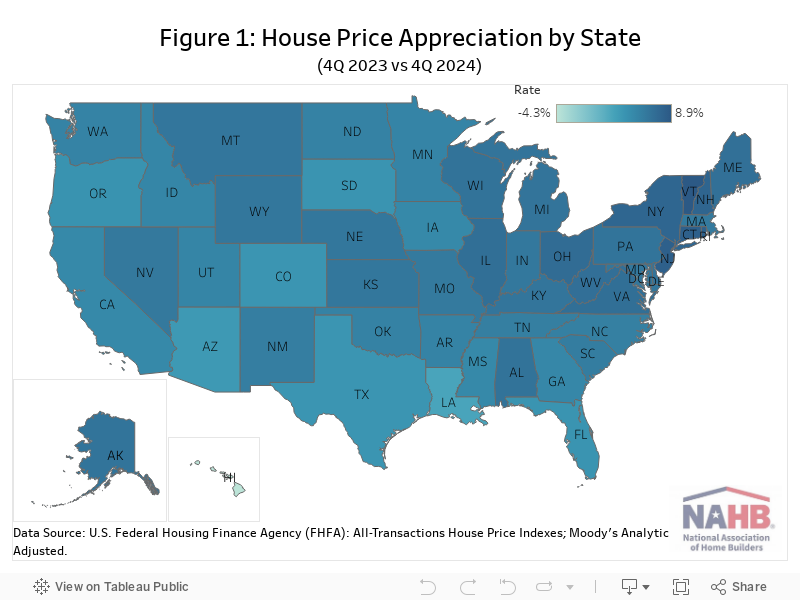NAHB Congratulates Bill Pulte on His Confirmation as FHFA Director
Diana Carroll2025-03-13T14:14:57-05:00NAHB Chairman Buddy Hughes issued the following statement after the Senate confirmed Bill Pulte as the new director of the Federal Housing Finance Agency (FHFA).

